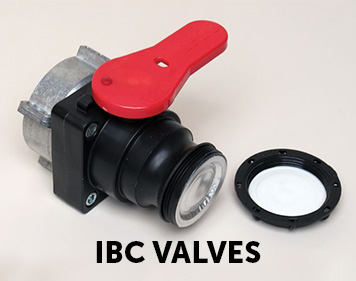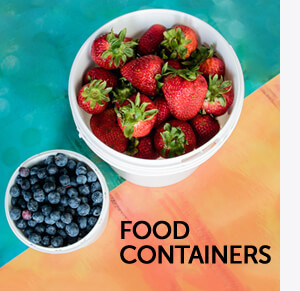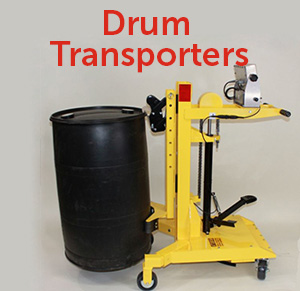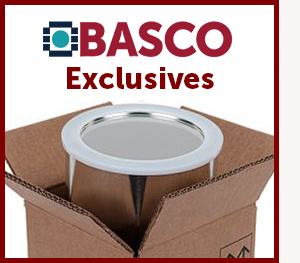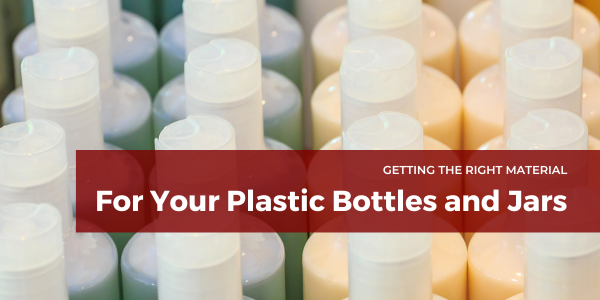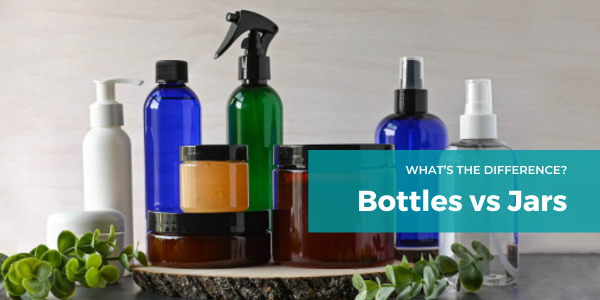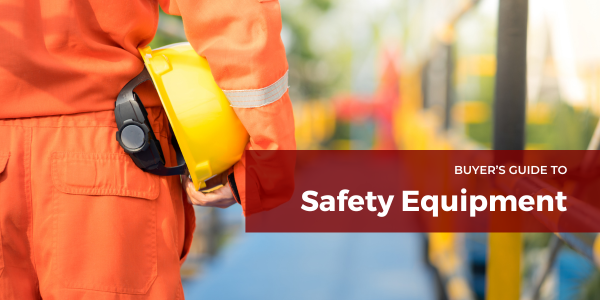Long Term Water Storage Solutions for Disasters and Emergency Use
There is no question that having an adequate supply of water following a disaster or other emergency is paramount to both our health and our comfort. A large water barrel or two, if stored properly, will serve you, but don’t forget the storage of bottled water, frozen jugs of water in your freezer (which will them become a makeshift cooler when the power goes out), and water purification and filtering systems. Redundancy in preparedness plans is good and even more so when it comes to water.
How much water do you need?
Water is one of those things that we don’t think about very much until there’s a shortage. Then, it’s surprising how much water is needed every day. Depending on the number of people in your family and whether you have located, or set aside, a separate water source for hygiene and cleaning, plan on storing between one and three gallons of water per person per day.
What containers should I store water in?
Water should be stored in UV-resistant, food-grade plastic containers. Large quantities of water can be stored in an intermediate bulk container (IBC). This is a large plastic container, primarily composed of HDPE, that holds 275 gallons inside a steel cage attached to a steel/plastic pallet. IBCs are easy to fill from the top, and they have a big ball valve on the side at the bottom for FAST draining.
The 55 gallon drum is about the largest container that can be handled by one person when it’s empty. Typically, plastic drums that are suitable for bulk water storage are blue in color, which indicates a food-grade HDPE resin that also blocks UV light. Natural- and white-color drums are probably food-grade, but may not be UV-resistant. Black plastic drums may not be food-grade.
For smaller containers used to dispense the water, use new polyethylene plastic bottles or jugs. Five-gallon jugs are a handy size for transporting your water from bulk storage to kitchen or bathroom. They stack neatly, or you can lay them down on a shelf and use an inexpensive faucet to dispense the water.
Tips on Filling and Long Term Storage of Water - How to Store Water
Always use new containers for water storage; polyethylene containers can absorb small amounts of whatever was previously inside, and even the most thorough cleaning is no guarantee of purity. Avoid milk or juice bottles; from the get-go, they were intended for only one use, and they won’t hold up. Also, it’s impossible to remove all of the residues from used polyethylene bottles, risking contamination.
Repurposed soda or juice bottles made from PETE plastic (recycling symbol #1) make good water dispensing containers – they just don’t hold very much, but they’re OK at the kitchen or bathroom counter. Just be sure to rinse them well beforehand with a mild bleach solution. This will eliminate any lingering residue and odor.
Wash your containers (even new ones) before using for the first time. Some people prefer bleach – pour two ounces of 5%-9% unscented bleach and three gallons of water into the drum. Close it with a bung wrench (you remembered to order one, right?), and roll and tumble it so all the interior surfaces get wet with bleach water. Then, open the drum up and get rid of the bleach water (down the drain, not on your lawn or flower beds!). Wear goggles when you’re doing this! Let it drain and air-dry, or rinse it with previously purified water.

Choose the permanent storage spot. A filled drum weighs about 500 pounds, so it’s not going anywhere. Drums can be stored vertically, or horizontally on racks. Pick a cool place, out of direct sunlight. Also, this is the time to think about how you will get the water OUT of the drum. Horizontal drums are easy to drain using a simple faucet. If your drums are stored standing up, you’ll need a food-grade pump, and there are lots of choices. If the drums will be in the open, be sure to cover them to keep rain and dirt off the top. This will save you a lot of time and effort.
Fill your containers with a hose made for drinking water. Common garden hoses, even new ones, may contain chemicals or lead that you don’t want in your stored water. Drinking water hoses for boats and campers are made with food-grade materials.
Does water expire? Water does not "expire". However, water can become chemically or biologically contaminated, if stored or handled improperly, but pure water doesn’t go bad or spoil. Still, it’s a good idea to rotate your stored water every six months. Label the containers as “Drinking Water” and include a date so you’ll know when to rotate supplies. Water that’s been stored a long time can become flat and taste stale; you can bring it back by vigorously stirring it or pouring it from one jug to another. This will dissolve some oxygen into the water, freshening it. If there’s any question about the cleanliness of stored water, it can be purified with purification tablets, or a filtering system.
Worried about water security? You can make your water storage drums tamper-evident, or virtually tamper-proof, with locking devices that prevent unauthorized or undetected tampering. They open and close easily, and offer peace of mind when your drums are stored outdoors.


